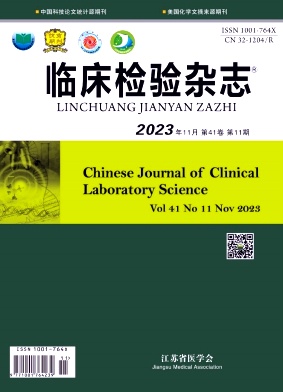The Protective Effect of Rosmarinic Acid on the Aluminum of Dementia Inducer
引用次数: 1
Abstract
To examine the protective effect of rosmarinic acid on the aluminum of dementia inducer, cultured C6 glioma cells were treated with various concentrations of aluminum chloride (AlCl 3 ) or rosmarinic acid. The cell viability, electron donating ability (EDA), superoxide dismutase (SOD)-like activity, and inhibitory activity of lipid peroxidation were evaluated for the antioxidant effect of rosmarinic acid. In these cultures, AlCl 3 sowed a cytotoxic effect by decreasing the cell viability in a dose-dependent manner; then, the XTT 50 value was measured at 142.2 M of AlCl 3 after treating the cultured C6 glioma cells with media containing 120 ∼ 160 M AlCl 3 . Therefore, its toxicity was determined as mid-cytotoxic by Borenfreund and Puerner’s toxic criteria; while, vitamin E of antioxidant markedly increased the cell viability on AlCl 3 – induced cytotoxicity in these cultures. This study showed the antioxidant effect of rosmarinic acid via several assays, such as electron donating activity (EDA), superoxide dismutase (SOD)-like activity, and inhibitory activity of lipid peroxidation. From these findings, it is suggested that the oxidative stress is involved in AlCl 3 -induced cytotoxicity, and rosmarinic acid was effective in the protection of AlCl 3 -induced cytotoxicity by antioxidant activity. In conclusion, natural resources, like rosmarinic acid, may be a putative antioxidant agent for the treatment of reactive oxygen species (ROS)-mediated disease, such迷迭香酸对痴呆诱导剂铝的保护作用
为了研究迷迭香酸对痴呆诱导剂铝的保护作用,我们用不同浓度的氯化铝(AlCl 3)或迷迭香酸处理培养的C6胶质瘤细胞。以细胞活力、给电子能力(EDA)、超氧化物歧化酶(SOD)样活性和脂质过氧化抑制活性评价迷迭香酸的抗氧化作用。在这些培养中,氯化铝以剂量依赖的方式通过降低细胞活力而播下细胞毒性效应;然后,用含有120 ~ 160M AlCl 3的培养基处理培养的C6胶质瘤细胞后,测量XTT 50值为142.2M AlCl 3。因此,根据Borenfreund和Puerner毒性标准确定其毒性为中等细胞毒性;抗氧化剂维生素E显著提高了AlCl - 3诱导的细胞毒性。本研究通过对迷迭香酸的给电子活性(EDA)、超氧化物歧化酶(SOD)样活性、脂质过氧化抑制活性等指标的测定,证实了迷迭香酸的抗氧化作用。综上所述,氧化应激参与了AlCl - 3诱导的细胞毒性,迷迭香酸可通过抗氧化活性有效保护AlCl - 3诱导的细胞毒性。综上所述,迷迭香酸等自然资源可能是治疗活性氧(ROS)介导的疾病的一种假定的抗氧化剂
本文章由计算机程序翻译,如有差异,请以英文原文为准。
求助全文
约1分钟内获得全文
求助全文

 求助内容:
求助内容: 应助结果提醒方式:
应助结果提醒方式:


